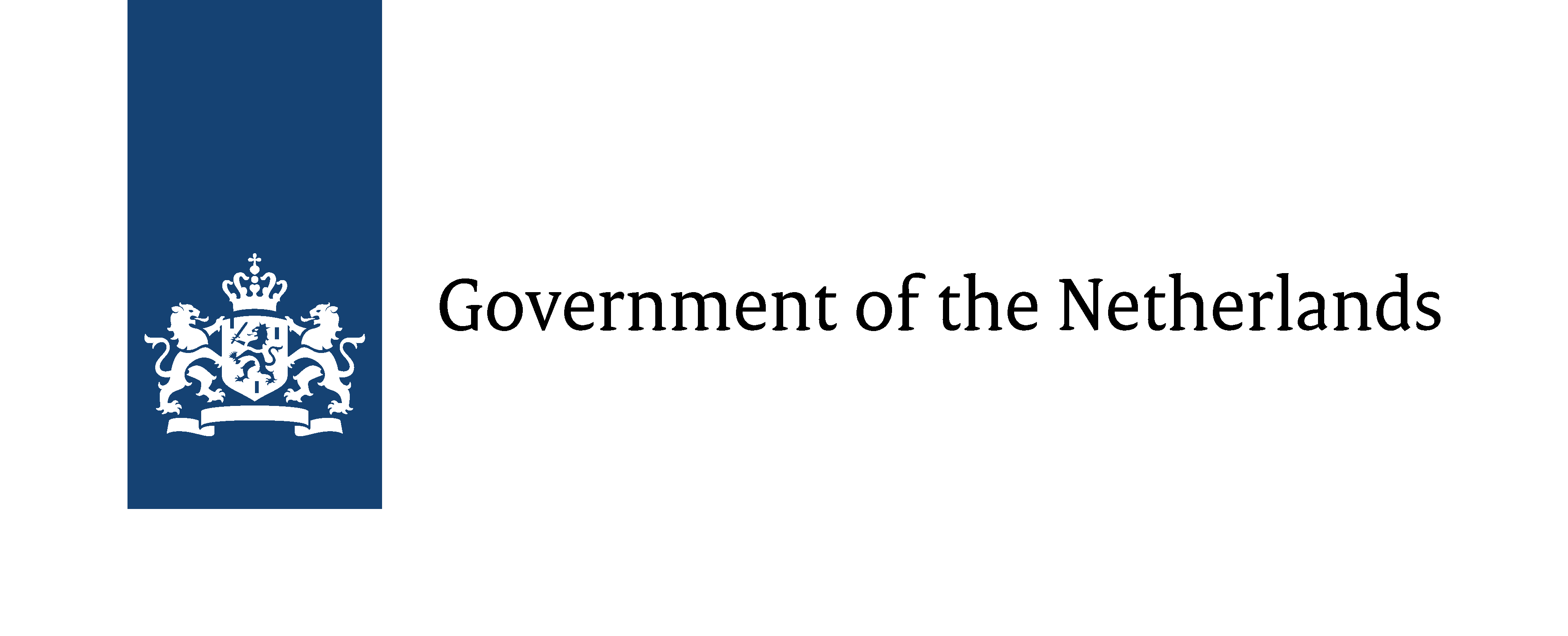Turkey & the Netherlands
My first encounter with Dutch colleagues was in 1992 during a workshop organized by the Istanbul Technical University (ITU) Faculty of Architecture in collaboration with Hogeschool Voor de Kunsten Utrecht (HKU). The subject of the workshop was Taksim Park Nr 2 (Istanbul). A park designed to provide a pedestrian connection between Taksim Square, Valikonağı and Dolmabahçe quay. This connection is now interrupted by some multinational hotels and a congress center. Prof. Atilla Yücel and Prof. Floor Van Dusseldorp were leading the workshop. Auke De Vires, Adri Duivestijn, Lodewijk Baljon, Fuat Şahinler, Murat Şahinler were among the participants.
Later in April 1993, with the same group of participants we attended another workshop together with a group of Turkish architects, organized by ISTAV foundation (Istanbul Tanıtım ve Araştırma Vakfı – Foundation for Promotion and Research on Istanbul) Discussions I: Taksim. The main guests of this workshop were Rob Krier and Ariola. Right after he had presented his opinions about Taksim I asked Mr. Krier if he knew enough to provide a solution for a problematic place like Taksim considering all the attempts made by us for decades. Underlining the fact that he arrived the same day in the morning, he admitted that his knowledge for the place was not enough for such a consultation. He kindly asked us -the Turkish contributors- to share our knowledge. I shared the following observation:
“In a traditional Turkish house we have two living rooms so to say: the first one is called ‘oturma odası – living room’ where all daily activity of the household takes place and the second one we call ‘misafir odası - guestroom’. This room is a living room not used by the household, kept neat and tidy all the time and reserved for the guests. There is a similarity in the way we use two main urban spaces in Istanbul: Taksim and its surrounding is mainly used by us the residents while Sultanahmet is mainly used by the visitors. In other words Taksim is the living room and Sultanahmet is the guestroom.
The last workshop we worked together with the same group was for Sarnıç Valley in Çeşme, İzmir, in 1997. As a preparation for this we’ve visited the Netherlands. During this visit we’ve had the chance to see several land art examples including the observatory of Robert Morris. During the same visit Lodewijck Baljon guided us through the Niew Slouten Housing Development which was supervised by him. This was the biggest housing development of the time.
The visit of our Dutch colleagues left some traces as well. In 1995, while we were walking down the steep Kazancı Street with a group of Dutch colleagues, one of them suddenly stopped and showed the steps of the pavement. He was very excited about the scenery. Each had different heights, each paved with different materials. Comparing the steps with the ones in the Netherlands he said: “You cannot find any difference between any step and pavement in the Netherlands, they are all standardized. But here, there is a chance to contribute in the city, even individually!” He was admiring something we were ashamed of! And we were admiring what he was complaining of. From that moment on I kept on thinking about these issues. Afterwards, I saw some interventions realized by some municipalities in Turkey: Urban Design Guides were developed to homogenize/standardize the unique urban texture of Turkish cities, especially of Istanbul!
The last collaboration with our Dutch Colleagues from the Amsterdam Academy of Architecture was a joint project on the Golden Horn and Galata. This was an interdisciplinary study organized by ITU Urban Design Interdisciplinary Master Program, ITU Landscape Design Master Program and Amsterdam Academy of Architecture.
In addition to these encounters I had the chance to visit the Netherlands several times. During all these encounters (Dutch colleagues in Turkey and us in the Netherlands) the perception of Turkey and The Netherlands was considerably different:
The Netherlands
Turkey
Dutch Opinion
Over organized and standardized, homogenized, artificial, boring
Original, individualized, open to informal participation, exciting, natural
Turkish Opinion
Perfectly organized, efficient, pleasant,
Disorganized, Chaotic,

